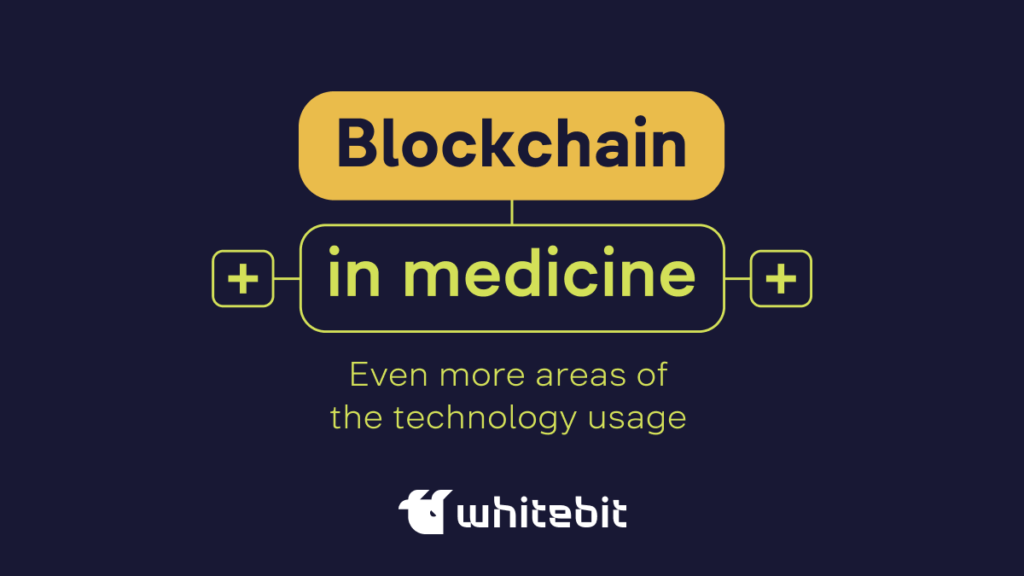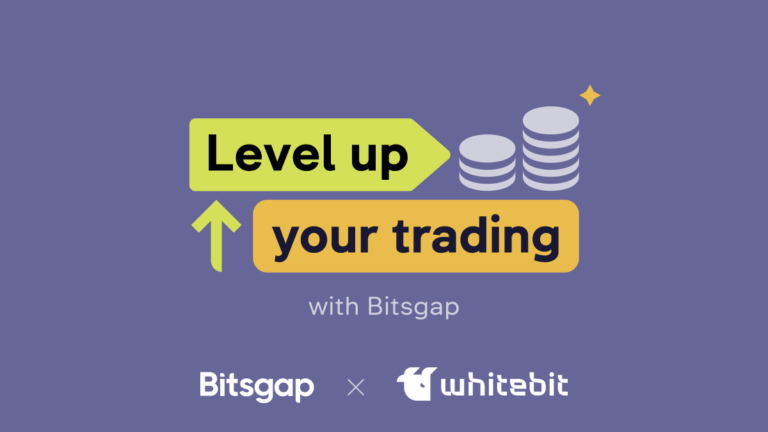Blockchain in Medicine

Content
According to Deloitte’s 2022 Global Health Care Outlook, medicine is in critical condition. The COVID-19 pandemic has exhausted doctors, overburdened facilities, reduced access and demand for non-COVID-19 healthcare.
The industry needs decisive action to prevent a total collapse. Blockchain usage will create a decentralized and distributed environment that will ultimately serve and protect everyone, as any good healthcare system should do.
In this article, we will discuss blockchain applications in medicine, their capabilities, advantages, and disadvantages of blockchain. Let’s dive in!
Uses of the blockchain in healthcare
Control of the supply of medicines
The authenticity of medical product confirmation is challenging. Thanks to blockchain technology, customers get complete visibility and transparency of the origin of the medicines they buy.
In the case of developing markets, where counterfeit drugs cause thousands of deaths yearly, blockchain will be a true salvation. -b6bc5d304a0aUSDT
Pros of blockchain for the supply of medicines control:
- Customer trust
The use of blockchain technology in medicine makes it possible to track the path of a drug from a factory to a pharmacy, including integration with manufacturers and wholesalers, reassures patients, and inspires confidence.
- Supply chain optimization
With all the data in one place, organizations can use artificial intelligence to predict demand and optimize supply accordingly.
- Compliance
To ensure patient safety, medical device manufacturers and pharmaceutical companies face mountains of reporting. Combining supply chain data into one system helps simplify compliance.
Outside financial markets, logistics is the technology’s most promising application. One of the most notable developments comes from IBM and their Food Trust initiative, developed on the IBM Blockchain platform powered by Hyperledger Fabric. The technology is designed to ensure the traceability, authenticity, and quality of products for consumers.
Electronic medical records
In 2016, Johns Hopkins University released a study showing that the third leading cause of death in the US was medical history errors. Creating a medical records system based on blockchain technology will solve this problem. The patient’s actual data does not enter the distributed ledger technology, and each new entry added to the system — a doctor’s note, prescription, or test result — is converted into a hash function.
Each hash function is unique. It can be decrypted if the patient allows it. A transaction is recorded each time the card is amended, or the patient agrees to share the data.
Blockchain advantages for electronic health record systems:
- Convenience
Using a single source is convenient for patients and healthcare providers.
- Simplification of interaction with insurance companies
Insurers receive immediate confirmation of medical services directly from patients without spending time and money on an intermediary.
- Patient control
Patients see when their medical records are changed and can agree (or not) to share their data with healthcare providers. They can also share their medical records with researchers and set time limits on how long a third party can access their data.
The emergence of a blockchain-based medical record system will help the development of personalized medicine. Access to more reliable and widely available data at the population level will enable better segmentation and analysis of treatment outcomes.
Remote monitoring of a patient
The development and implementation of remote patient monitoring have recently been a trend in healthcare. To implement the solution, specialists use IoT (Internet of Things) — various sensors that measure patients’ vital signs. It helps doctors monitor the condition of the client and provide preventive care.
Since most IoT device data ends up in the cloud, security and privacy issues arise. Moreover, data can be intercepted or changed during transmission.
Here is how the blockchain helps secure the IoT remote monitoring device:
- The blockchain ensures that only authorized parties can access personal data stored as a unique hash function. Any change to the original data will create a different hash function. The user must have a specific set of cryptographic keys to decode the hash into the original data.
- Once patient data is written to the blockchain ledger as a hash function, it is almost impossible to fake it. Because of this, you need to access all the saved copies.
- The decentralized nature of the technology means that IoT devices can communicate directly with each other without interacting with a centralized server. It makes it challenging to launch DDoS attacks.
Health insurance through a smart contract
Contract disputes and non-compliance with their terms are common issues. Statistics show that 10% of insurance claims are disputed, and 17% are rejected due to incomplete information, incorrect registration, and other reasons.
A smart contract is a piece of code deployed on a blockchain. It is configured to run automatically when predefined conditions are met. Introducing smart contracts will help the medical sector reduce costs by eliminating intermediaries.
Blockchain technology allows healthcare providers, patients, insurance companies, and medical device manufacturers to authenticate themselves on the network and document the terms of the contract. Authentication is automatic and visible to all parties involved.
For example, when a patient visits a doctor, the event is recorded in the blockchain registry, and the insurance company is notified. To check the facts and speed up the resolution of disputes, participants in the process can turn to smart contracts.
Analysis of medical data
The rapid development of artificial intelligence and IoT technologies will soon require a data storage infrastructure to meet security and control requirements. Blockchain can become part of it, supporting new approaches to medical data analysis.
Blockchain capabilities in medical data analysis:
- Creating large data sets and providing their connection with each other;
- Ensuring interaction between providers and data consumers;
- Protecting patient privacy and the security of the data.
Advantages of blockchain in medicine
- Safety
The blockchain is verified with a consensus system and stored on many nodes. It minimizes the possibility of a DDoS cyberattack and falsified records.
- Traceability
An immutable record of all transactions helps reduce the industry’s likelihood of fraud.
- Speed
Automated smart contracts reduce transaction times, as the process no longer requires the direct participation of a specialist.
- Confidence
The technology allows organizations to collaborate without exchanging sensitive information.
- Neutrality
No company or individual owns a blockchain by itself. It ensures the reliability and durability of the system. If the founder leaves, the system will continue to work without this person.
Disadvantages of blockchain
The blockchain market is in its infancy. The best practices still need to be formed. Medical institutions need to understand how reasonable it is to introduce the technology and how much it will cost. Let’s discuss the main blockchain’s drawbacks:
- Difficulties with implementation
The clinical staff is often critical of innovation. Moreover, sometimes specialists need more knowledge to use the technology. In this case, the medical institution will have to allocate additional time and budget for training.
- Scalability
Healthcare facilities are concerned that blockchain systems will need to be able to scale to meet their needs.
- Security breaches
Despite the apparent reliability, the technology also has security vulnerabilities. For medicine, this shortcoming is especially sensitive.








